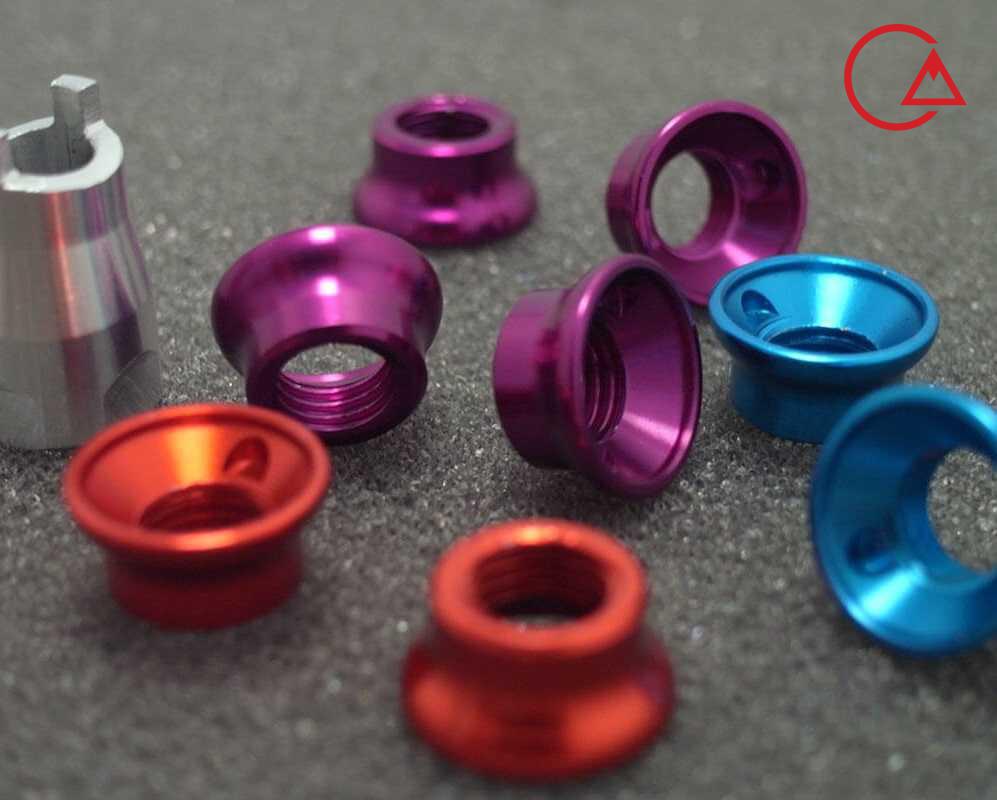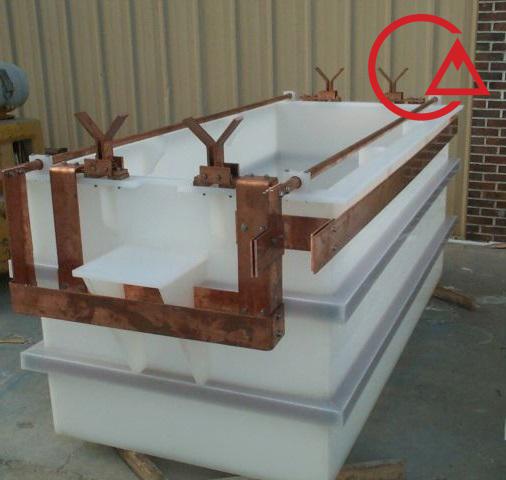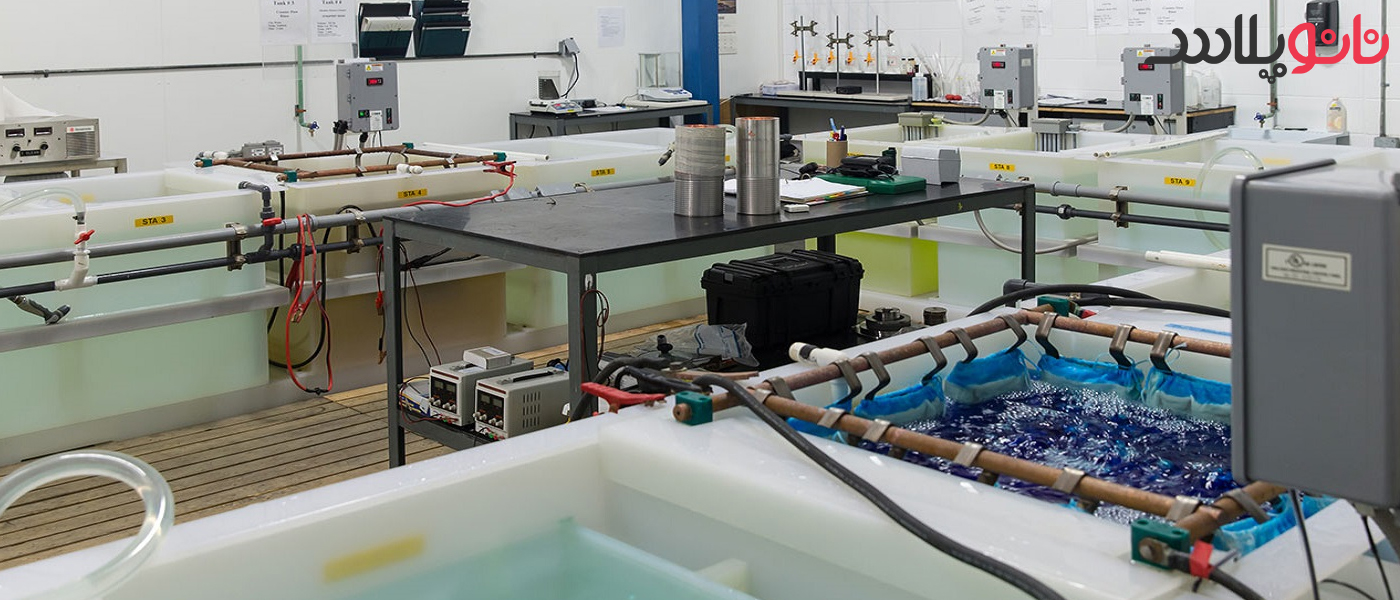- Metal plating has many advantages for products made of metal and other materials.
- Plating is a manufacturing process in which a thin layer of metal covers a layer.
- This can be achieved through electroplating, which requires an electric current, or through electroless plating, which is an autocatalytic chemical process.
What does metal plating mean?
Metal plating is a method of plating in which metals are deposited on substrates. This process is used to coat and protect metals and other materials by forming a thin metal layer on substrates. Metal plating can be done by plating or electroless plating process.
Metal plating brings the following advantages to materials:
- Reduces the possibility of corrosion
- It offers beautiful decoration
- Increases solderability
- Increases strength
- Reduces friction
- It changes the direction
- Increases paint adhesion
- Improves magnetism
Some common metal coatings are:
- Chrome plating
- Gold plating
- Silver plating
- Nickel plating
- Copper plating
In any case, this technique leads to one or more of the following advantages:
- Improved corrosion resistance
- Decorative charm
- Increasing solderability
- Increase in strength
- Reduced friction
- Change direction
- Increase paint adhesion
- Increase in magnetism
Chrome plating
Chrome plating is often only for a decorative purpose, but it can also increase corrosion and friction resistance. Chrome often produces nickel in the production of furniture and decorative car products.
Iron and steel are other common substrates for chromium plating, but copper strikes are usually required to provide adequate deposition.

Chrome plating is a plating process that often involves the use of chromic acid known as hexagonal chromium. Trivalent chromium baths, consisting mainly of chromium sulfate or chromium chloride, are another option for industrial purposes.
Gold plating
Gold is considered due to its high resistance to oxidation and electrical conductivity. Gold plating, which differs from gilding in that gold is not foil, is one of the easiest ways to transfer these properties to metals such as copper and silver. This process is often used to decorate jewelry and improve the conductivity of electronic components such as electrical connectors.
Tarnishing is an issue when plating gold and can easily be solved by pre-depositing with nickel. Also, consider the hardness and purity of the gold when determining factors such as optimal bath mix and length of immersion.
Silver finish
Like gold, silver is also used in plating applications, which add decorative appeal and improve electrical conductivity. In general, silver acts as a cost-effective solution for plating, as it is cheaper than gold and uses copper foil well.
Issues that may limit silver plating as a suitable plating solution include moisture and galvanic corrosion. In particular, silver plating does not work well for applications that are exposed to high humidity because the silver is prone to cracking and flaking, which may eventually expose the underlying surface.
Nickel plating
Nickel plating is a popular plating metal, especially because it is useful in electroless plating. Nickel plating often covers household products such as doorknobs, cutlery, and bathroom fixtures for added decoration and wear resistance. Nickel plates are commonly bonded with copper and aluminum, but they also work on many different types of metals. In electroless plating, nickel-phosphorus alloy is used. The percentage of phosphorus in the solution can vary between 2 and 14%. Higher levels of phosphorus increase hardness and corrosion resistance. Low levels of phosphorus result in greater solderability and magnetism.
Copper plating
Copper is another popular plating metal for applications that require high conductivity and cost efficiency. Copper plating often serves as a coating pretreatment for subsequent metal plating. It is also a popular plating metal for electronic components such as printed circuit boards. High plating efficiency and low material cost make copper one of the cheapest metals for plates.
There are three types of copper plating processes – alkaline, mild alkaline and acid. High alkalinity levels offer higher throwing power, but require lower current density and more safety precautions. Health inspectors have linked cyanide in alkaline copper baths to certain health hazards, so monitoring these levels is critical.
Rhodium plating
Rhodium is a type of platinum that offers tarnish resistance, scratch resistance, and a glossy, white luster appearance. Radium plating is also common in jewelry production, especially where white gold needs to be plated. Silver, platinum and copper are also popular base metals for rhodium plating. One of the downsides of rhodium plating is that the protective barrier of rhodium eventually wears away when exposed to high wear. This can eventually lead to discoloration and possibly require a second round of plating after a few years.
Zinc plating
Zinc plating is common in the automotive industry. Zinc deposition resists oxidation and corrosion well, and thus car bodies are traditionally coated with zinc and nails and other metal products that are prone to rust. Zinc plating is often associated with the galvanizing process. In fact, zinc plating is often called electrogalvanizing.
Cadmium plating
Cadmium plating improves paint adhesion, lubricity and corrosion resistance. The main advantage of cadmium over other plating metals is that adequate wear protection can often be obtained with minimal plating thickness. Major industries that use cadmium plating include aerospace and military defense industries. Cadmium can be plated on almost all conductive metals.
tinning
Tin can be effective for applications that require non-toxicity, high ductility, good solderability and improved corrosion resistance. These advantages are most useful in the electronics and food processing industries. Tin plating is commonly used on non-ferrous metals such as copper and nickel. Many ferrous metals can also be plated.

Depending on the process used, tin plating results in products varying from dull gray to bright white. The two types of tin plating are electroplating and hot dipping. Alloys such as brass or copper are often added to enhance solderability or achieve a desired visual effect.
About the fountain of light
Cheshme Noor is a 30-year-old company ; All the products of this company have a 12-month warranty, you can visit Decorshop website to view them .
Nowadays, due to busy work, it may be difficult for you to buy in person or even to see the models; Decorshop is one of the reliable sites that allows you to shop online .

As a Newbie, I am permanently searching online for that can help me. Thank you